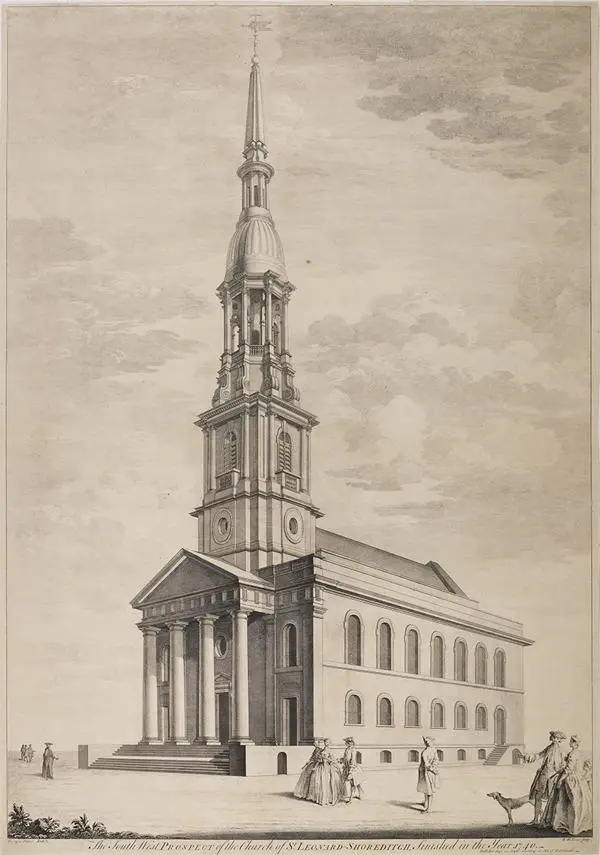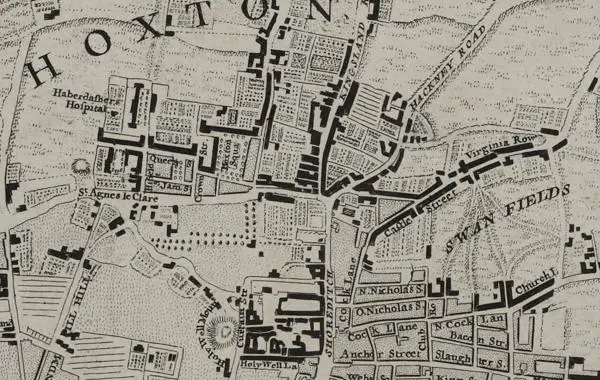Stories from the Switching the Lens project - Jonathan Strong
In 1729 Attorney-General, Sir Philip Yorke and the Solicitor-General, Charles Talbot were lobbied by West Indian plantation owners to reconsider the earlier judgements on the status of enslaved people in England. The resulting Yorke-Talbot opinion concluded that there could be no freedom for enslaved people by setting foot in Britain nor by being baptised as had previously been considered.
A court case in 1767 brought by Jonathan Strong and supported by the abolitionist Granville Sharp profoundly challenged this judgement. Jonathan Strong was baptised at St Leonard Shoreditch on 22 July 1765 (Z/PROJECT/BAL/C/P91/LEN/A/004/MS07496/007/3).
He had been brought to London from Barbados where he had been enslaved by a planter David Lisle. While in London, Jonathan was attacked by Lisle and thrown onto the street. His injuries were so severe that he spent months in St Bartholomew’s Hospital. Jonathan survived and with the help of Granville Sharp, he was able to find work with an apothecary.

Two years later in 1767, Lisle happened to see Jonathan in the street, arranged for his recapture and sold him to a Jamaican planter called James Kerr for £30.
Jonathan was lodged in Poultry Compter (prison) until he could be put on board a ship ready to sail for the Caribbean. Luckily, he was able to get word to Granville Sharp who demanded that the case be heard before the Lord Mayor. On 18 September 1767 Lord Mayor of London, Sir Robert Kite ruled that ‘the lad had not stolen anything, and was not guilty of any offence, and was therefore at liberty to go away’. Although the law had not been changed as a result, the judgement was significant because it ruled that Jonathan Strong’s seizure and the threat of his forced deportation had been unlawful.
We do not know anything about Jonathan’s life beyond this case, except for the fact that his death was recorded in the diary of Granville Sharp on 17 April 1773. Jonathan was only 25 years old and had never fully recovered from the beating he received at the hands of Lisle.

Switching the Lens Project
The Switching the Lens project refocuses our attention on Londoners of African, Caribbean, Asian and Indigenous heritage. The dataset highlights records of over 2600 individuals drawn from Anglican parish registers at London Metropolitan Archives and is the result of research carried out by staff and volunteers, which began as the British Library funded Black and Asian Londoners project carried out in 2000 to 2002, and continues today at LMA.